[ad_1]
Gardening is one of the most fulfilling things you can do, not just as a pastime or as a way to improve your overall self-sufficiency, but also as a way to truly connect on a closer level with the food that you eat.
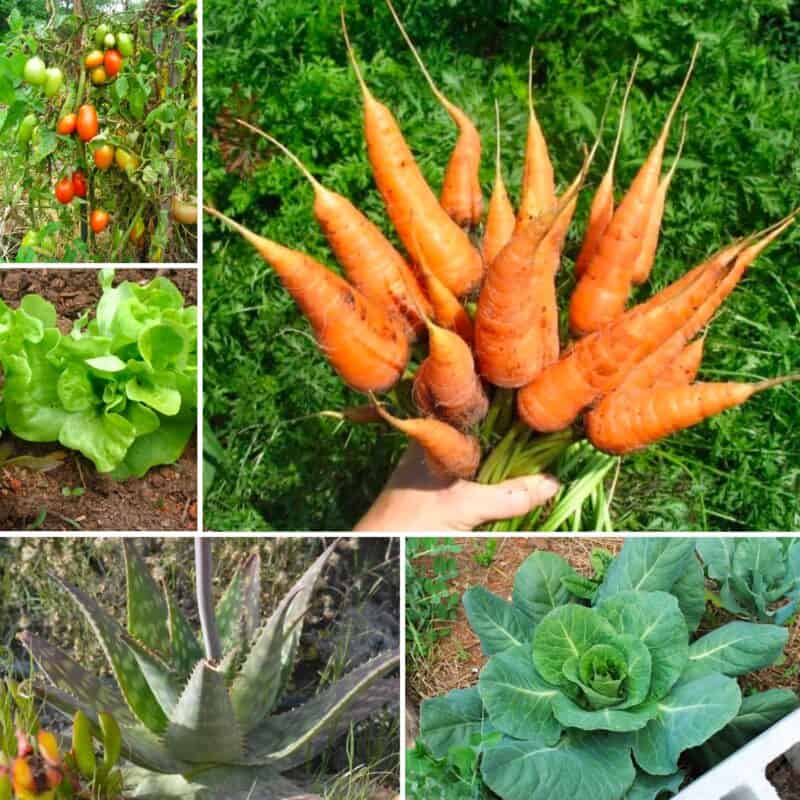
But, as many beginner gardeners soon learn, it can be very tricky, especially when it comes to learning about the nutritional requirements of various plants.
Most plants need the same three fundamental nutrients in the form of nitrogen, phosphorus and potassium, but they need them in different amounts.
Of the three, phosphorus is the one that is required to help plants process energy from sunlight and it stay healthy on a cellular level.
It’s also essential for the development and growth of reproductive structures like seeds and fruits.
Below I will tell you about 20 common garden plants that need a little more phosphorus most of the time, and 4 that typically need less.
20 Fruits, Veggies and Herbs That Love Phosphorous
1. Cabbage
Cabbages are some of the most popular leafy salad vegetables that gardeners grow, and because of this, they’re more known for craving nitrogen.
But, phosphorus is still very important because it helps the plant to grow its leaves faster and bigger.
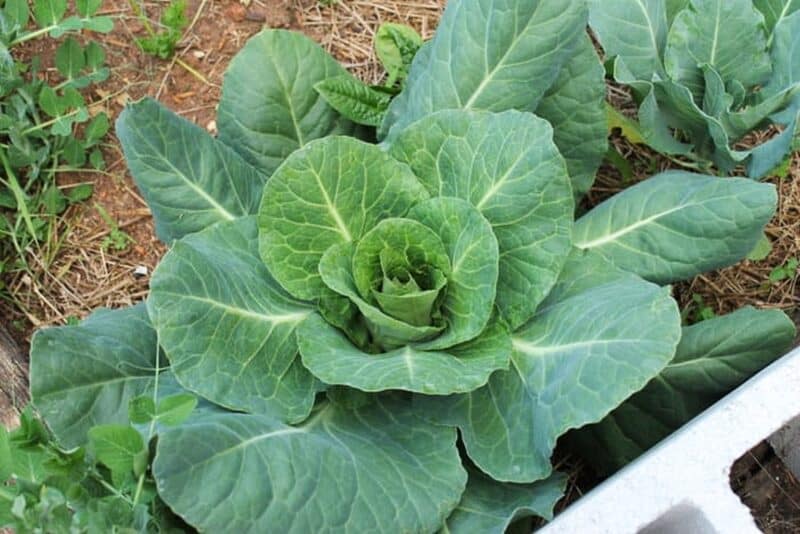
A lack of phosphorus will stunt the growth of your cabbage and even if you do get it to harvest time, it won’t be very flavorful.
2. Tomatoes
Most gardeners have a love-hate relationship with tomatoes. They are popular, delicious and versatile, meaning most people want to take a crack at growing them, but they’re also surprisingly fussy and sometimes vulnerable.
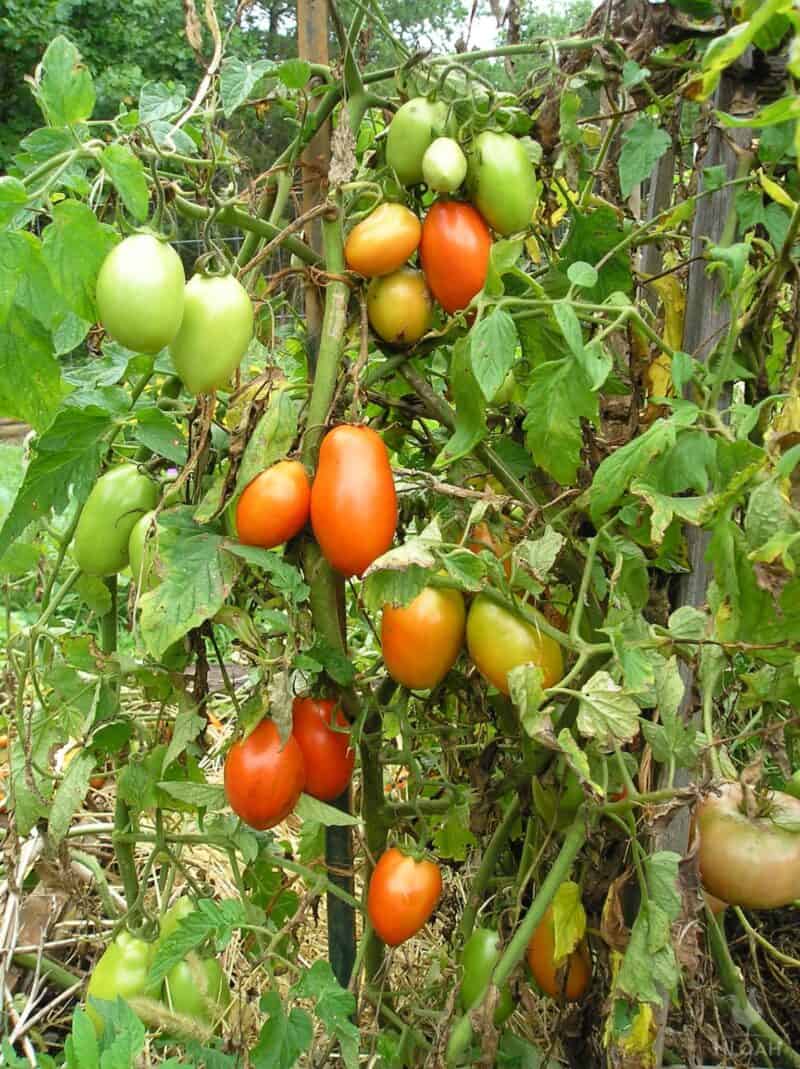
Tomatoes need plenty of phosphorus to ensure that they produce maximum yields of full, juicy and tasty fruits.
Expect your plants to need a bump of phosphorus once they reach the home stretch before maturation of the fruits.
3. Raspberries
Raspberries are among the most delicious berries around, and they can be surprisingly easy to grow in the right conditions. But in all conditions, you’ve got to get their nutritional requirements right.
Phosphorus is crucial for flower and fruit development, as well as root growth, in raspberry bushes. A lack of phosphorus will cause your bushes to produce small, hard and unappealing fruits.
4. Carrots
Carrots are distinct from most other common garden veggies because they need more phosphorus and potassium compared to nitrogen in most cases unless you’re dealing with seriously depleted soils.
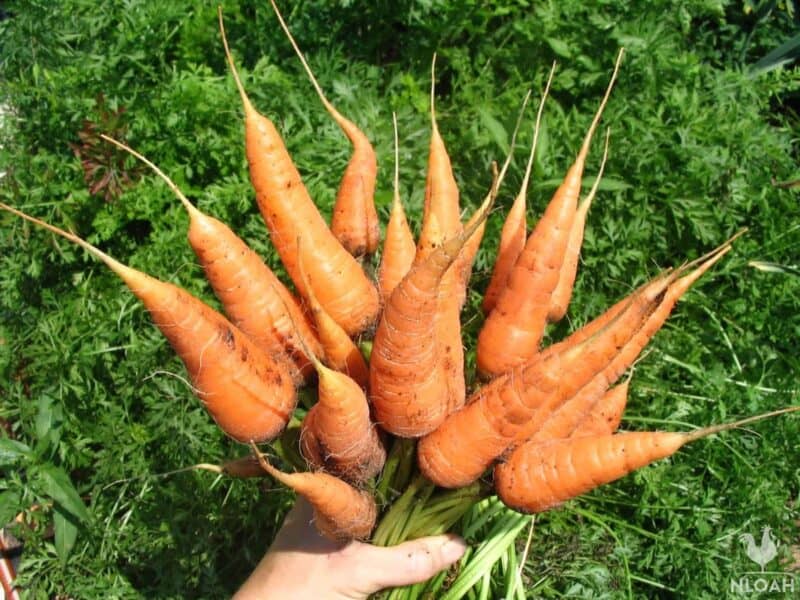
This is because we typically eat the underground root of the carrot which relies more on phosphorus for development.
Phosphorus promotes healthy root growth and the accumulation of sugars in carrots, and that means your harvest will be top notch.
A lack of phosphorous means you can expect, small deformed and woody carrots.
5. Watermelon
The kings of the summer melons, watermelons are a fun and whimsical addition to any garden but they can be especially challenging because they need lots of room and because they’re massive, heavy fruits are vulnerable to damage.
Phosphorus is critical for watermelon growth because it helps the plant to produce larger fruits with more sugar content, and thus a sweeter flavor.
If you want watermelon that will have everyone at the cookout talking, make sure to fertilize with phosphorus.
6. Mint
One of the most popular kitchen herbs used all around the world, mint is easy to grow and surprisingly hardy considering its bracing, delicate taste.
Nitrogen is one element that mint needs plenty of but you can’t neglect to give it lots of phosphorus either: Phosphorus is important for root development, leaf growth, and the production of oils in mint plants.
It helps enhance the aromatic and flavorful qualities of the leaves, and that will in turn make your dishes and drinks taste even better.
7. Lemon
Not something you want to eat out of hand, but I maintain that there’s absolutely nothing nicer the lemonade made from lemons you grew yourself.
A lot of work goes into that glass, but before you can enjoy it you’ll have to give your lemon trees lots of nutrition, and this is where phosphorus comes in.
Phosphorus is crucial for the growth of healthy lemon trees, helping them grow vigorously.
And, although it will usually be quite a while before your tree produces any fruit worth harvesting, phosphorus is what will ensure you get juicy and flavorful lemons.
8. Potatoes
Potatoes are among the most versatile, and delicious, vegetables you can grow in your garden. They’re also noteworthy for not needing too much nitrogen like a few other plants I’ve mentioned already.
But what they need plenty of is phosphorus, assuming the soils they are growing in have an adequate level of nitrogen to start with.
Like carrots, beets, onions and the like, we don’t eat the greenery of potatoes. Instead, we eat what is sometimes called the root, the tuber.
Phosphorus is the nutrient that yields more developed tubers, and that means a better potato, period. It also does its part to help the green, leafy bits of the potato develop too.
9. Beans
There are as many kinds of beans you can grow in your garden as there are stars in the but no matter what kind of beans you prefer, phosphorus is what they will need for energy transfer processes required for seed formation and development.
Without enough phosphorus, your beans won’t taste as flavorful, and the seed pods won’t be as big or contain as many beans.
Phosphorus also helps your bean plants develop strong roots that can better absorb the nutrients and water they need to thrive. If you want big, bold, delicious beans, make sure yours get enough ‘P’.
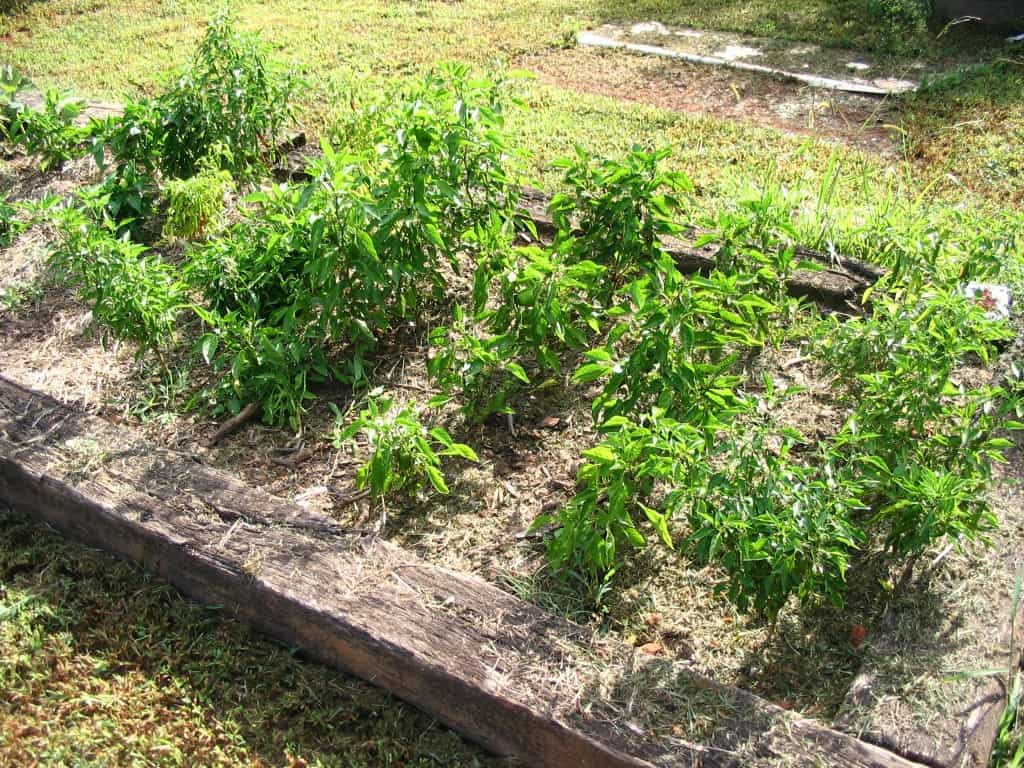
10. Peppers
Peppers are another common vegetable that has a seemingly endless amount of variety.
Most of them have some level of spice, but no matter what kind of peppers you are growing, from bells to habaneros, they’re going to need tons of phosphorus in order to develop fruits that are packed with flavor- and heat, if that is what you are after!
Adequate phosphorus is essential for healthy fruit production on peppers, and by making sure your plants get enough of it, you can rest assured that the peppers you harvest will be crisp, flavorful, and spicy.
11. Brussels Sprouts
Sadly one of the world’s, or at least the United States’, most hated vegetables, Brussel sprouts are basically tiny little cabbages.
I guess technically this makes it a salad vegetable, and that means nitrogen is going to be the order of the day. But once again, phosphorus plays its essential part and producing a bumper crop of Brussels sprouts.
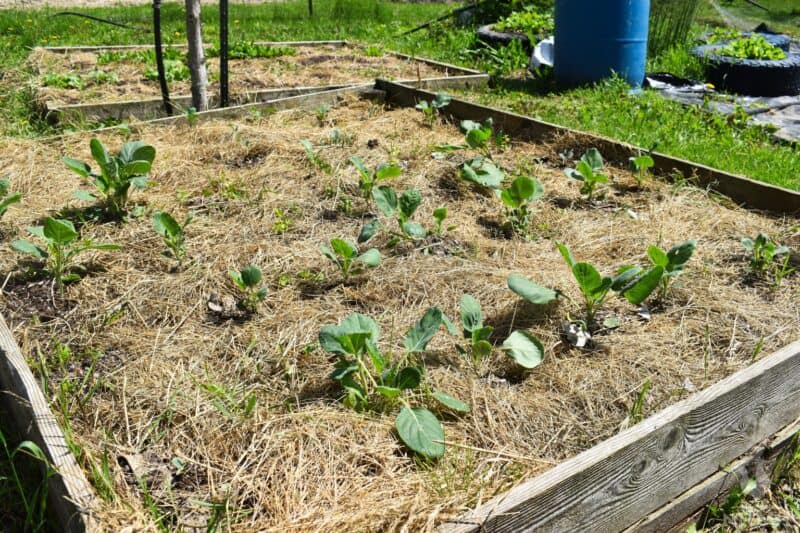
Phosphorus is what will ensure an adequate root development, and will also help those sprouts on the stalk develop to their optimal size in a timely fashion.
Without enough phosphorus, your Brussels sprouts will end up small and bitter- not exactly a recipe for salvaging the reputation of this nutritious veggie.
12. Blueberries
Berry bushes of all kinds rely on phosphorus as the key nutrient that will pave the way for full, juicy, well-developed, and most importantly sweet fruits.
A lack of phosphorus will lead to stunted growth, lackluster, or even absent berries and a pitiful harvest for you down the line.
Depending on where you live in the overall climate, your blueberries might need roughly equal amounts of nitrogen and phosphorus throughout the season in order to produce a bumper crop.
13. Chives
Phosphorus is it fundamentally important for the development of chives like it is for most plants, but especially concerning chives it is phosphorus that will give them that bracing flavor we want.
On top of that, phosphorus will help them build strong roots and produce the initial foliage that will sustain them as they grow.
Without enough phosphorus, your chives won’t be as pungent or flavorful, and they might struggle to establish themselves in the garden.
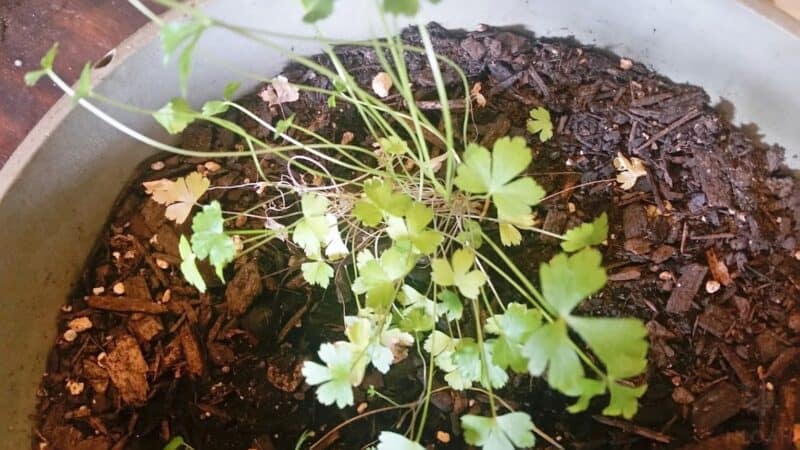
14. Parsley
Most folks regard parsley as a little more than a garnish, and while it is certainly a pretty one parsley is much more than a simple decoration on our dinner plate!
Parsley is incredibly nutritious, packed with all sorts of vitamins and minerals, and as you’ve probably already guessed it is phosphorus that ensures it will develop fully and obtain this amazing nutritional profile.
Phosphorus is necessary for parsley because it assures stable root development, leaf growth, and overall plant health.
15. Basil
Another beloved, leafy herb, and one that needs a good amount of nitrogen, but one that will also suffer terribly if you neglect to give it the phosphorus it needs.
Phosphorus is essential for the synthesis of proteins and enzymes, which are involved in various processes in basil plants.
This is absolutely vital for the overall health of the plant, but more important for our concerns, also for the development of flavor.
Your basil might look and grow okay, but if it has been struggling with a lack of phosphorus, you’ll know when you taste it.
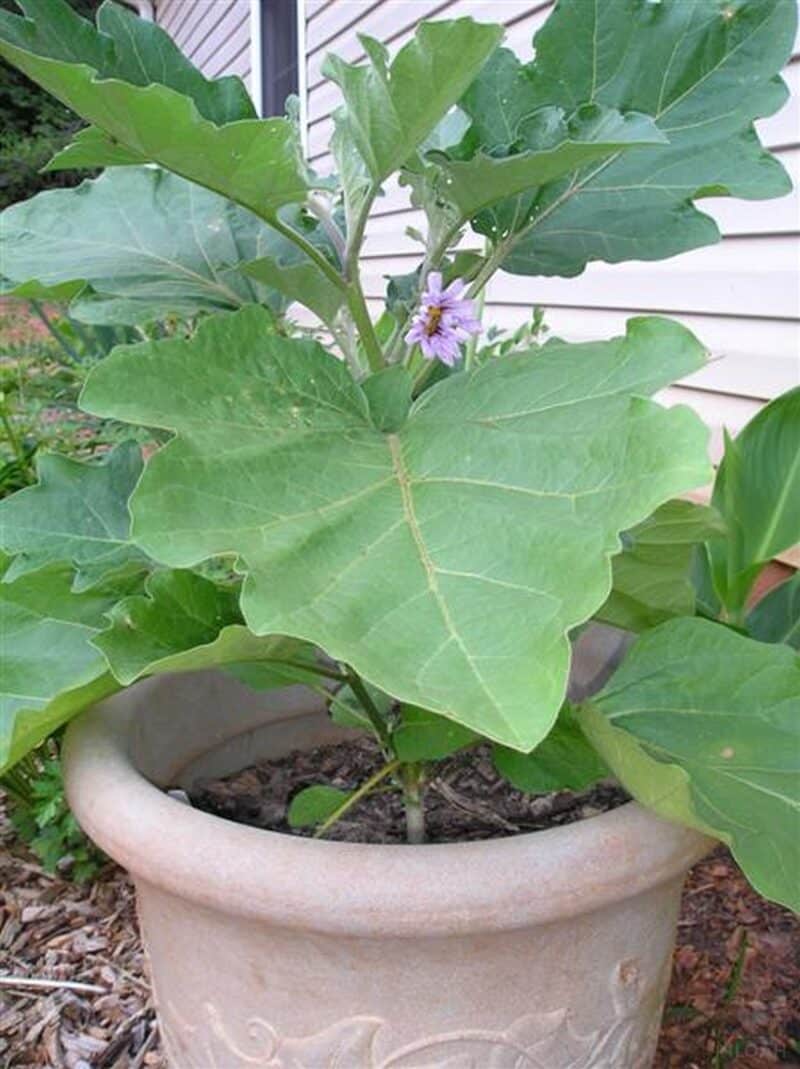
16. Eggplant
This large, nightshade-family vegetable is both beautiful and delicious and it too requires phosphorus for optimal growth.
Specifically, eggplants rely on the nutrient to grow strong roots and develop their signature dark purple skin.
Without enough phosphorus you might get a stunted harvest with small or misshapen fruits that have a bitter taste- no one wants that when eggplant already requires careful preparation to taste good!
A lack of pigmentation can also be a sign of phosphorus deficiency, so if you’re seeing dullness or off-color skins in your eggplants you should add some phosphorus to the soil ASAP.
17. Spinach
One of the most nutritious leafy vegetables around, and another nitrogen-hungry green plant, spinach nonetheless needs phosphorus to really take off in the garden.

If you want your spinach to develop firm, crisp and flavorful leaves like the other salad veggies we talked about, then you know phosphorus is a must-include nutrient.
It will ensure that your spinach is capable of staying firm and upright while maturing, and it will also give it that earthy flavor we all want.
A lack of phosphorus can lead to smaller, fragile leaves that tend to wilt and droop in the sunlight, and these won’t be as nutritious or as delicious assuming the plant makes it.
18. Apples
An apple a day keep the doctor away, but enough phosphorous ought… To… Alright, my clever rhyme idea was a flop, but your apple trees don’t have to.
Apples need a decent amount of phosphorus to develop strong roots and maintain vigorous cellular activity.
This is critical for the tree’s overall health, and crucial, absolutely necessary, for the formation and quality of the fruit that will eventually develop. For large, crisp and juicy apples, a healthy dose of phosphorus is in order.
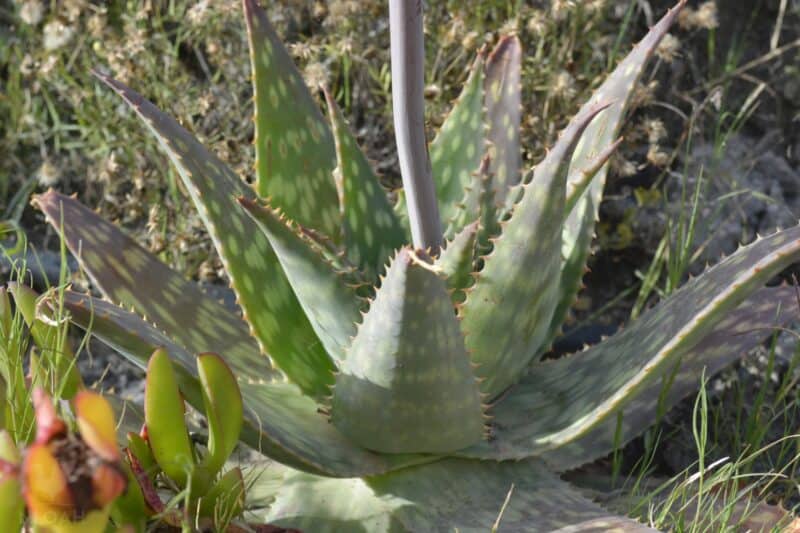
19. Aloe Vera
For natural burn relief or just appealing eye candy, aloe vera is an inspired choice in any garden. Phosphorus plays a role in overall growth of aloe vera plants by assisting in the synthesis of carbohydrates.
This helps the plant store energy for various processes, including healing and growth, and it also contributes to the production of healthy roots.
Aloe vera can survive with less phosphorus than other plants but for optimal health and appearance, you should make sure there’s enough in your soil.
20. Cucumbers
Cucumbers can be a juicy and satisfying addition to a salad, or turned into scrumptious, salty pickles. Either is fine with me!
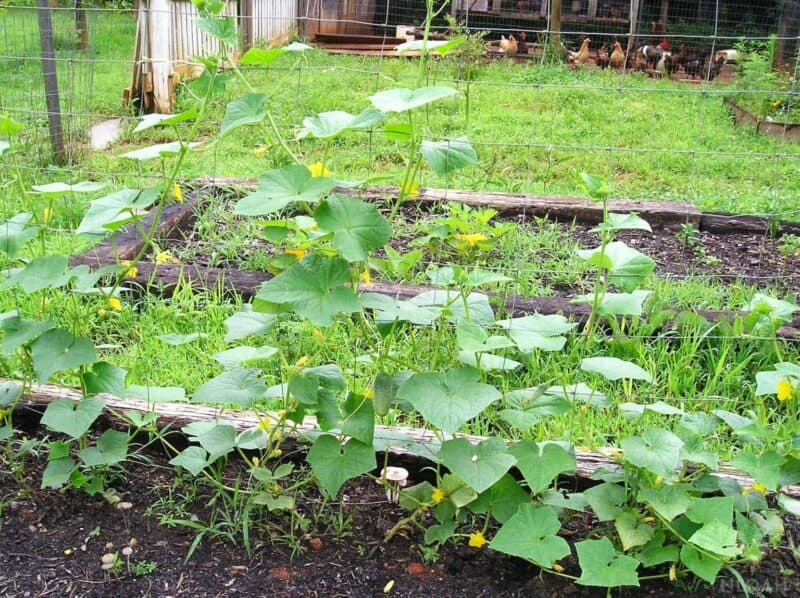
But you’ll only get to enjoy them if you’ve grown them with the right nutrients, and plenty of phosphorus.
Without enough phosphorus it’s likely that your cucumbers will grow unevenly in shape and size, and they may even lack the signature crunchiness we all love in cucumbers. And this, of course, would be very sad indeed.
4 Plants that Don’t Need Much Phosphorous
1. Lettuce
Lettuce generally has lower phosphorus requirements compared to many fruiting plants, and even compared to other leafy salad veggies like cabbage.
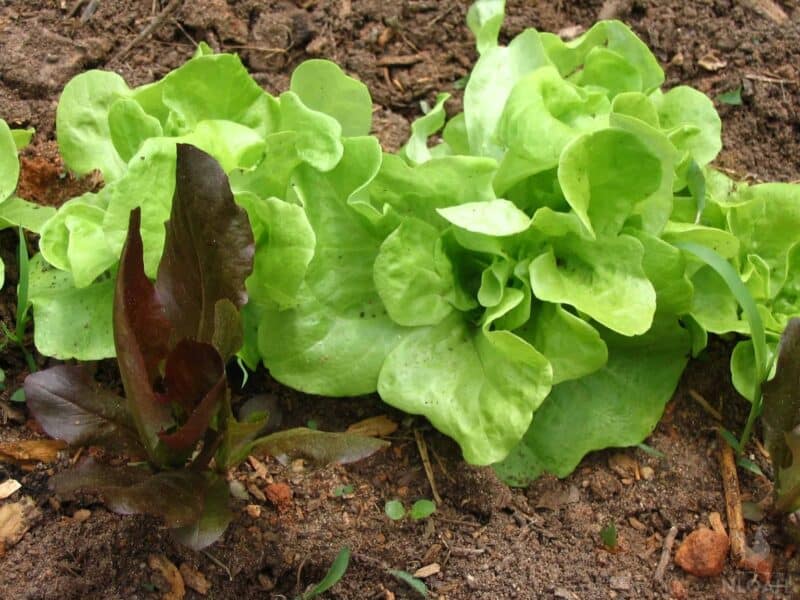
This is because it doesn’t need to use much phosphorus for flowering, and you’ll already be harvesting regularly before that point. Your lettuce can still benefit from some phosphorus, just don’t go overboard with it.
2. Marigolds
Marigold flowers are beloved for their vibrant colors, and are generally easy to grow in a variety of soil conditions.
Specifically, they’re less dependent on soils rich in phosphorus for growth, but they will still benefit from some additional phosphorus if the soil is deficient.
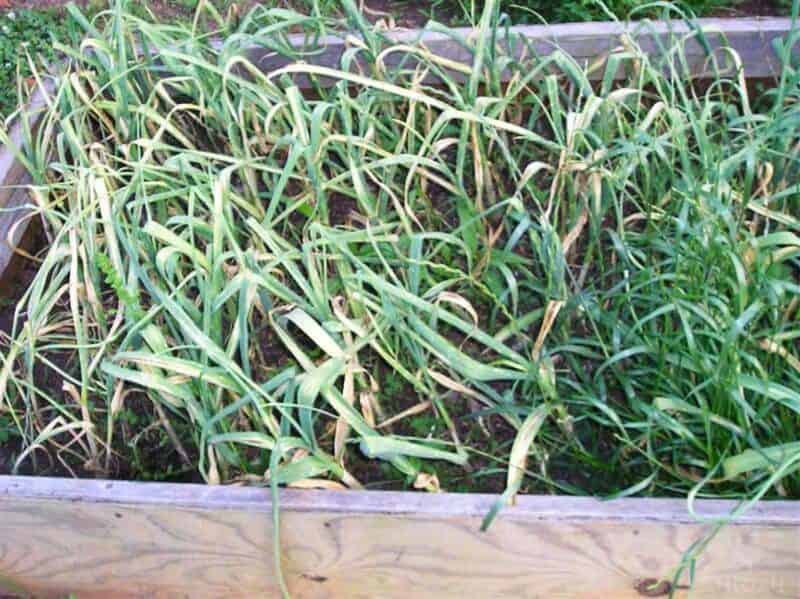
3. Garlic
Garlic is another plant that doesn’t need much phosphorus for proper growth. Garlic has relatively low phosphorus needs and can tolerate soil conditions with less than ideal levels of the nutrient.
As long as you have provided enough nitrogen and potassium, garlic should be able to grow adequately.
4. Radishes
Radishes are fast growers, especially among root vegetables, but despite their speedy development, they don’t require much phosphorus.
They can easily thrive in soils with less of the nutrient, and should still develop plump and crunchy roots as long as enough nitrogen and potassium are provided.
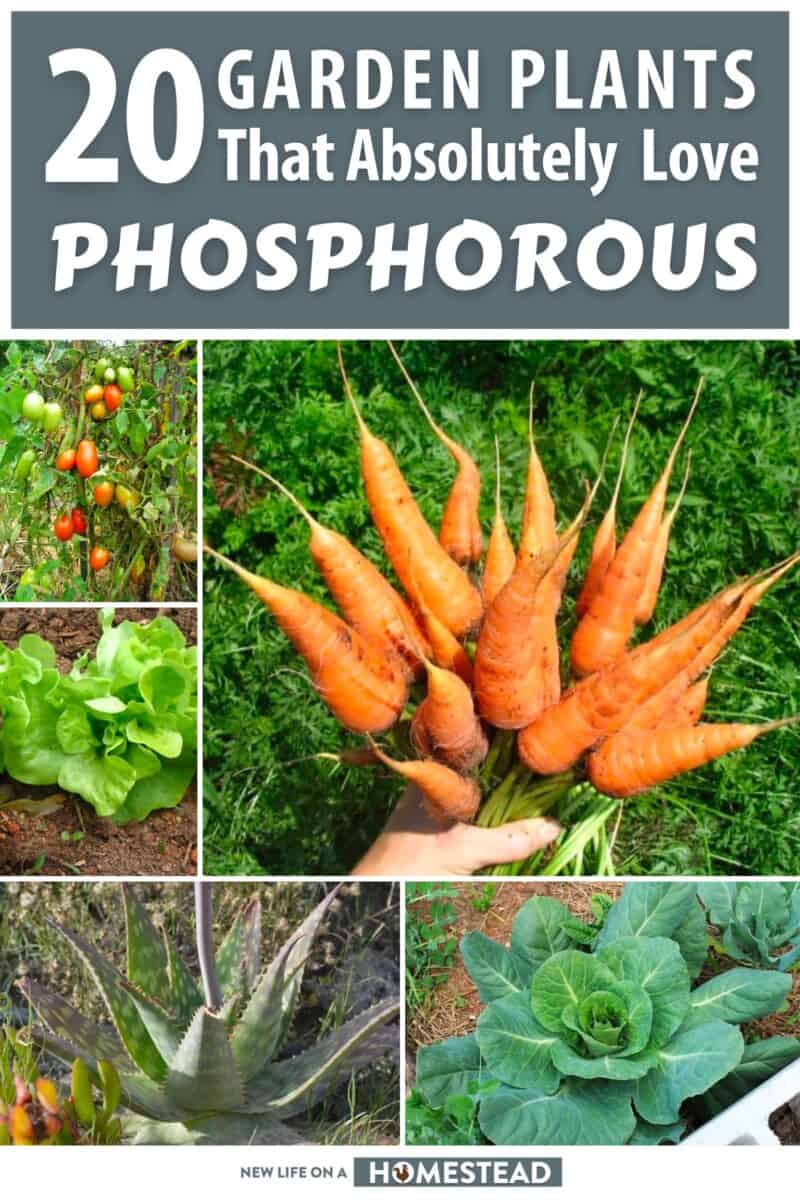
[ad_2]
Source link
Get more stuff like this
in your inbox
Don't Be Left Unprepared
Thank you for subscribing.
Something went wrong.






